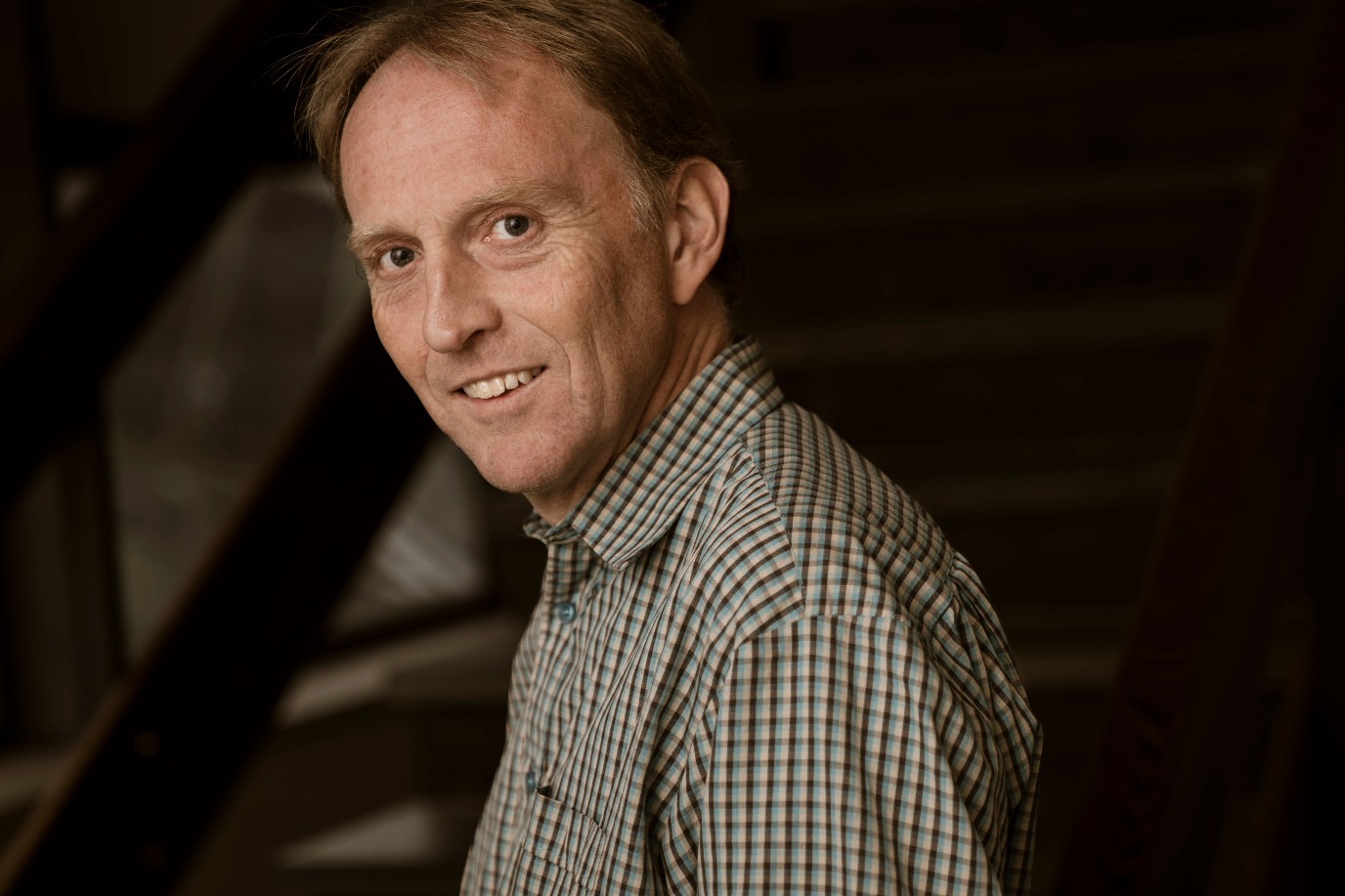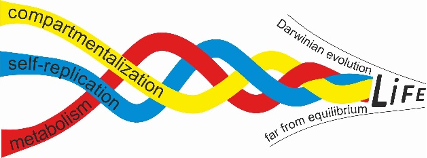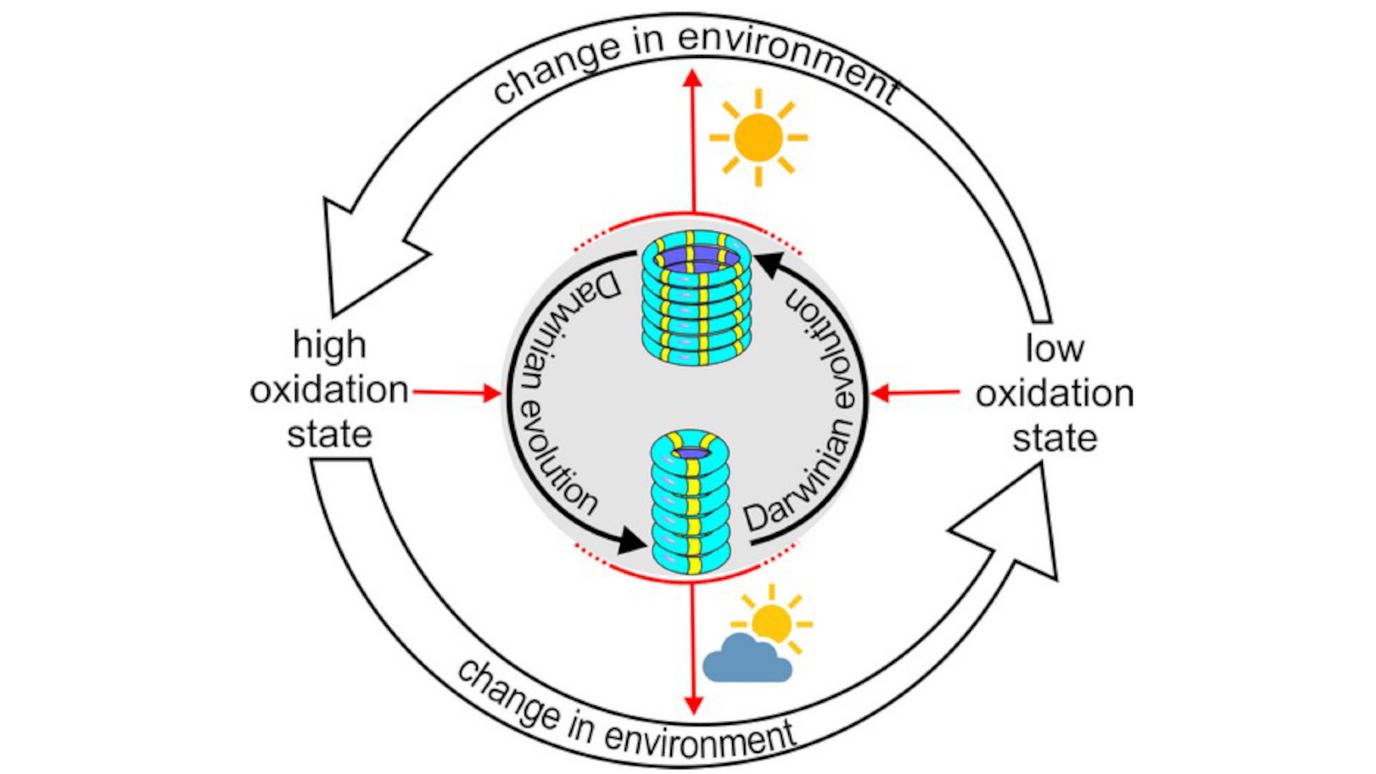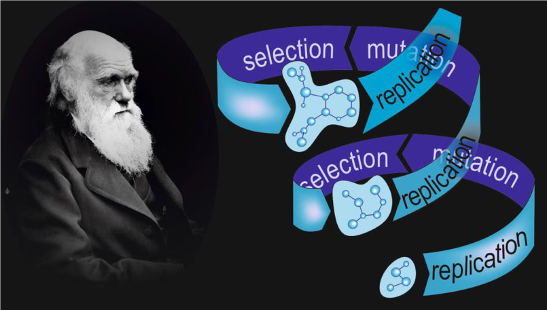Is it possible to build life using entirely different building blocks?
An overview of Sijbren Otto's work

In 2010, UG Professor of Systems Chemistry Sijbren Otto accidentally discovered molecules that copy themselves. Since then, he has been working on artificial life in the lab. In this overview, you can read all about the progress he has already made and what he’s still working towards.




